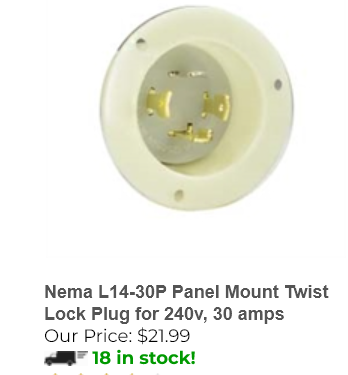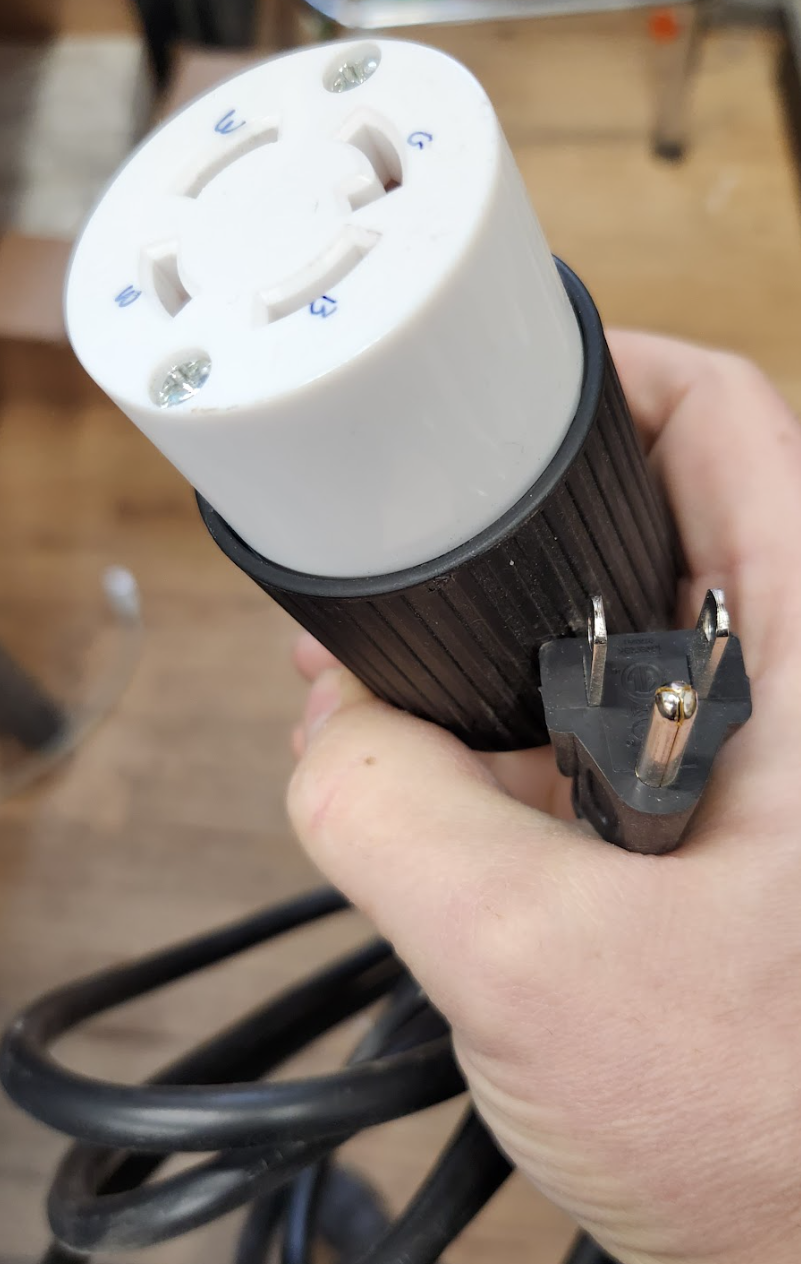kotamoore23
Member
I am new to HomeBrewtalk but have been brewing for about 2 years now with a year of that on a 120v clawhammer system. I am about to upgrade my garage to have 240v outlet so of course I want to build a controller that can utilize the power. But I often take my brewing system to friends that that only have 120v outlets. So my question is it possible to build DIY a controller that can use both 120v or 240v? I am a newbie with wiring and the diy controllers so this is why I am asking the gurus. Things to note below
and I am wondering do I just simply upgrade from 14 AWG to 10 AWG so that it can handle 240v when needed? Any help would be appreciated, thanks in advance.
- Already own 1650 watt element from clawhammer system
- I will be purchasing a 5500 watt element once I have 240v in garage
- Outlets with 120v are 20amp, serviced with 12 gauge wire. So should I go to 2000 watt 120v element?
- I am thinking this is possible because the Spike Panel does this by simply changing the power cord. Would like to utilize this aspect.
- Would need to run a 120v pump with the controller as well.
and I am wondering do I just simply upgrade from 14 AWG to 10 AWG so that it can handle 240v when needed? Any help would be appreciated, thanks in advance.







